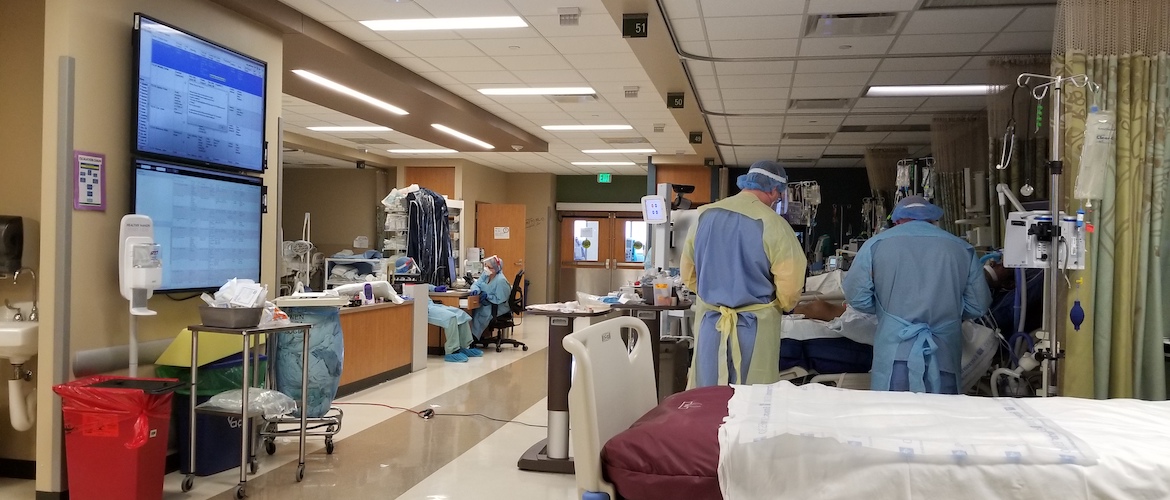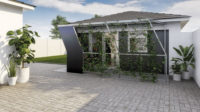As coronavirus case numbers and temperatures rise in Texas, hospital mechanical systems are proving to be the front lines of the battle against COVID-19. When the pandemic first spread in the early months of this year, many speculated that warmer months would bring relief from the virus. But as summer temperatures peak in the southern states, infections continue to soar, overwhelming hospital capacities—and HVAC systems.
Texas now has over 400,000 confirmed cases of the novel coronavirus. In Houston, Texas Children's Hospital has been treating adult COVID-19 patients for weeks, while on the Gulf Coast, the University of Texas Medical Branch recently fast-tracked construction on the South Tower of its League City medical campus to provide additional beds for a potential outbreak. (The building opened in May.) Architects and designers in the Lone Star State are implementing lessons learned in former hot spots, like New York.
Dallas-based Parkland Health and Hospital System—one of the country’s largest public medical systems—has been a key player in North Texas. Like many other hospitals across the world, it has been rapidly reorganizing spaces to handle the caseload. Having converted portions of three different floors of the hospital to COVID-19 units, the main facility now has over 200 beds designated for patients infected with the coronavirus.
Parkland originally added negative pressure air systems and temporary walls to its operating suites and the post-anesthesia care unit to contain airborne pathogens. But eventually, it needed to expand its COVID-19 treatment facilities, retrofitting 30 ICU rooms and 24 medical/surgical rooms for more space, and the mechanicals were the real challenge, says John Wilson, Parkland's director of Planning, Design and Construction. “We utilized the smoke evacuation system to make the whole unit negative pressure,” he tells RECORD. Because the system only had two speeds—high or off—the facilities team added variable frequency drives to the motors, providing more control over the airflow.

The Dallas hospital also cut vents into the bathroom doors of rooms in the modified ICU unit to utilize the existing bathroom exhaust fans. By covering the return air vent in the patient room and the supply air vent in the patient bathroom, Wilson was able to extend the negative pressure system from the hallway into the patient room and through the bathroom. “That kept the air from the COVID patient room from recirculating back into the hospital HVAC system,” he explains.
The weather adds another complication to this, as temperatures regularly exceed 100 degrees in Texas in July, and heat indexes can spike to 110 degrees in many areas. “When you're dumping that much conditioned air outside, you're overtaxing the HVAC units,” Wilson says. “You're essentially cooling the outdoors.” He also notes that between the hospital's filtration system and the natural dissipation of viral particles in the outside environment, the COVID unit exhaust poses no threat to areas around the hospital.
Paul Kondrat, co-director of CannonDesign’s national engineering practice, warns healthcare facilities about higher levels of exhaust on extreme temperature days and cautions about possible negative consequences of modifications, like increased energy consumption and the potential for mold. He also advises clients to carefully regulate increased outdoor air and exhaust so that they still maintain proper conditions within the healthcare facility while creating environments that control infections.
Rebalancing the mechanical systems “is not something that we would have planned for when we're designing a hospital,” Wilson says. “But it's something we're dealing with now to keep our patients safe.”




